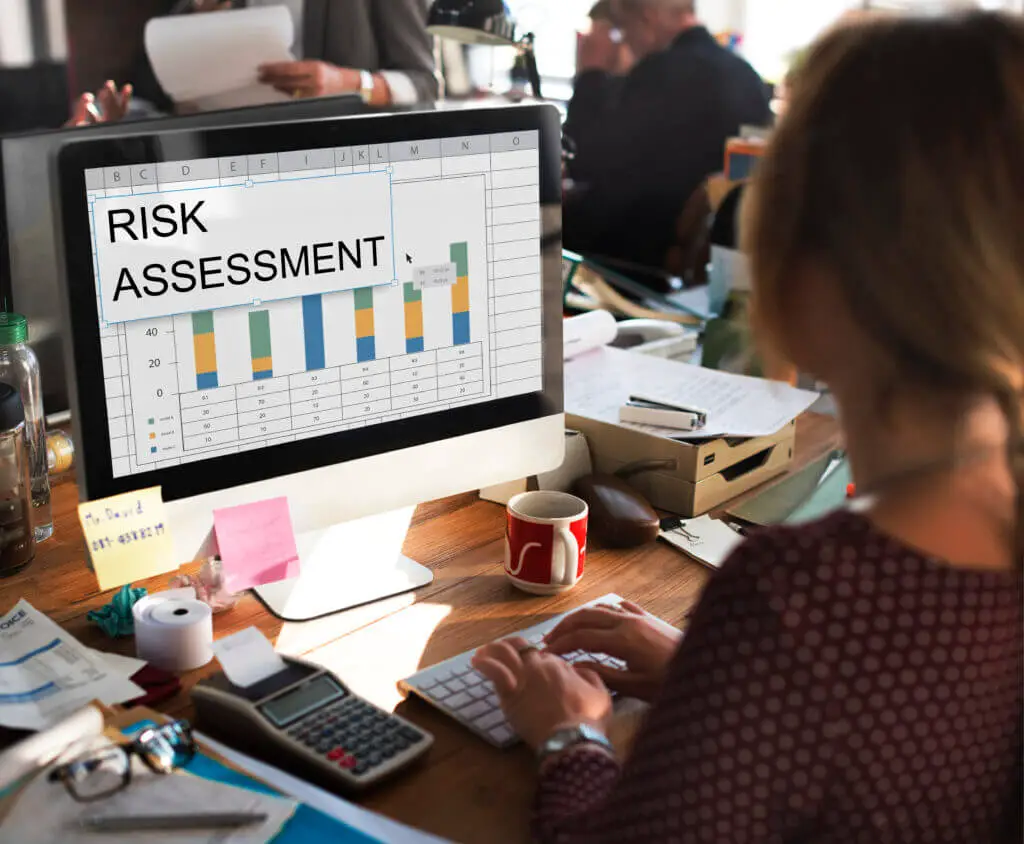How to Determine Your Risk Appetite for an Investment When You Need the Money.
n
IF YOU ARE INTERESTED IN SUCH TYPE OF CONTENT YOU MAY VISIT OUR WEBSITE
N
What is Risk Appetite?
Risk appetite simply means the quantum of risk an investors are willing to take to achieve their investment goals. It is person-specific and based on an individual's financial situation, goals, and comfort level toward taking risks.
Why the Risk Appetite is so Important?
Aligns Investments to Goals: The risk appetite aligns the investments to the goal. This will make sure that investments happen with your financial objectives.
Prevents Emotional Decisions: Prevents panic at times when the market is volatile.
Balances Maximum Returns: The returns are balanced with the acceptance of the risk.

Ten-Step Guide to Calculate Your Risk Appetite
1. Analyze Your Financial Position
Before beginning to get involved with investments, an individual is first required to analyze his current financial position. Following questions should be considered by an individual:
What is my current income and expenditure?
What are my present liabilities and assets?
Do I have any outstanding debts?
Only when you know where you financially stand can you determine how much money you can put at jeopardy and also determine your risk appetite.
2. Define Your Goals of Investment
Your risk tolerance hugely depends on your investment goals. Different investments have different time horizons and, therefore, different levels of emergency. Here are some common goals:
Buying an auto.
Vacation fund.
Money Goals
Buying a house / Property down payment.
Starting a business
Long-term goals (5+ years): Retirement savings, the child's education fund.
3. Understand Different Types of Risk
Investments come with different types of risks:
Market Risk: It is the potential of losing capital in regard to market movement.
Credit Risk: Possibility that one borrowing money will not be able to repay the loan.
Liquidity Risk: The difficult sale of an investment quickly.
Inflation Risk: Erosion of investment return through inflation.
4. Take a Risk Tolerance Questionnaire
Many financial institutions, and advisors will offer questionnaires on risk tolerance, which poses normal questions. Mostly, they will want you to offer them your financial goals, investment time frame, and how you would react to hypothetical market scenarios. The results will peg you within a risk profile for example conservative, moderate, and aggressive. By taking a risk tolerance, you must be able to determine your risk appetite.

5. Consider Historical Performance and Market Trends
It can make one cognizant of the possibility of risks and return knowing historical performance combined with market trends. For instance, stocks have had the tendency to give a high rate of returns relative to bonds, though they are higher in terms of volatility. Bonds would normally stabilize the risks more but at a lower return. By following this, you must be able to determine your risk appetite.
6. Case Study: Financial Crisis of 2008
Many investors liquidated their investment during the 2008 financial crisis just to see at a future date markets recover.
7. Diversify Your Investments
Spreading Your Risk Across diverse classes of assets including stocks, bonds, and real estate will help reduce the impact of any one underperforming investment.
Example: Balanced Portfolio
30% debt securities, for fixed income
50% equities, for growth assets
10% real assets, to diversify the portfolio
10% cash and its equivalent, for liquidity assets
8. Consider the Investment Time Horizons
What is important in determining your risk appetite is the time horizon of your investment. Most often, the longer one intends to invest, the more risk one is exposed to since there will be enough time to recover in case of losses.
An Example: Retirement Savings:
If you are investing for retirement 30 years off, you may be able to take more risk compared to someone investing for a goal only 5 years off.
9. Periodically Re-evaluate
The risk appetite is not something static; it keeps varying due to a change in the financial status, events of life, market conditions, among others. Thus, review and adjustments in the investment strategy keep one in course. By following this, you must be able to determine your risk appetite.
10. Data and Real-time Analysis
We juggle through some current market trends and data to show how at time for a different risk appetite of a person; different investment choices may be good.
As of August 2024, the S&P 500 has demonstrated itself to be incredibly volatile yet long on robust performance. Over time, it can be considered to have averaged an annual return of about 10%. The investor can just be prepared for such shorts of decline.

Bond Market Trends
Bonds offer a lower, yet more assuredly more certain yield and provide less volatility. This investment rate is low comparatively, as it is less risky, but still in such investments, there is very less chance of attaining a high return, as compared to companies' principal investments in stocks. The majority of outstanding U.S. treasury bonds currently yield returns in the order of 2-3%. By regularly noticing the trends, you must be able to determine your risk appetite.
Real Estate Market
Steady returns on investment are seen in real estate, with associated risks comparatively much lesser than those posed by the stock market. This requires one to make very high initial investments, and it lacks liquidity. By regularly noticing the trends, you must be able to determine your risk appetite.
Practical Tips in Determining Your Risk Appetite:
Start Small: With a small amount, experiment when you are getting started in investing.
Learn More: If you are a book reader, course listener, and financial news follower, catch yourself with the market dynamics.
Professional Advice: Depending on your personal situation, contact a financial advisor who will give you personalized advice and recommendations.
Personal Reflections: My Investment History
From the beginning, I was highly risk-averse and placed myself majorly on bonds and savings accounts. As and when I became more knowledgeable and understood market efficacy, I started to increase myself gradually in stocks. This kind of prudent approach will have helped me to reach my financial goals without going beyond the reasonable risk that at any one time I could take.

Conclusion: determine your risk appetite
It is very crucial to determine your risk appetite in preparation of an effective investment strategy, more so with regard to the specific goals that the amount will be meant to achieve. This way, it will be possible to determine or consider numerous informed decisions that are accommodative of the amount of risk one can handle or stand by way of reducing risk. It's a journey in investing, not a sprint. Be informed, patient, and most of all, committed to your goals. Your future self will thank you. By following this guide, you must be able to determine your risk appetite.
Hopefully, this guide could help you identify the risk appetite towards investment; let me know if you have any queries or further questions. Happy investing!







